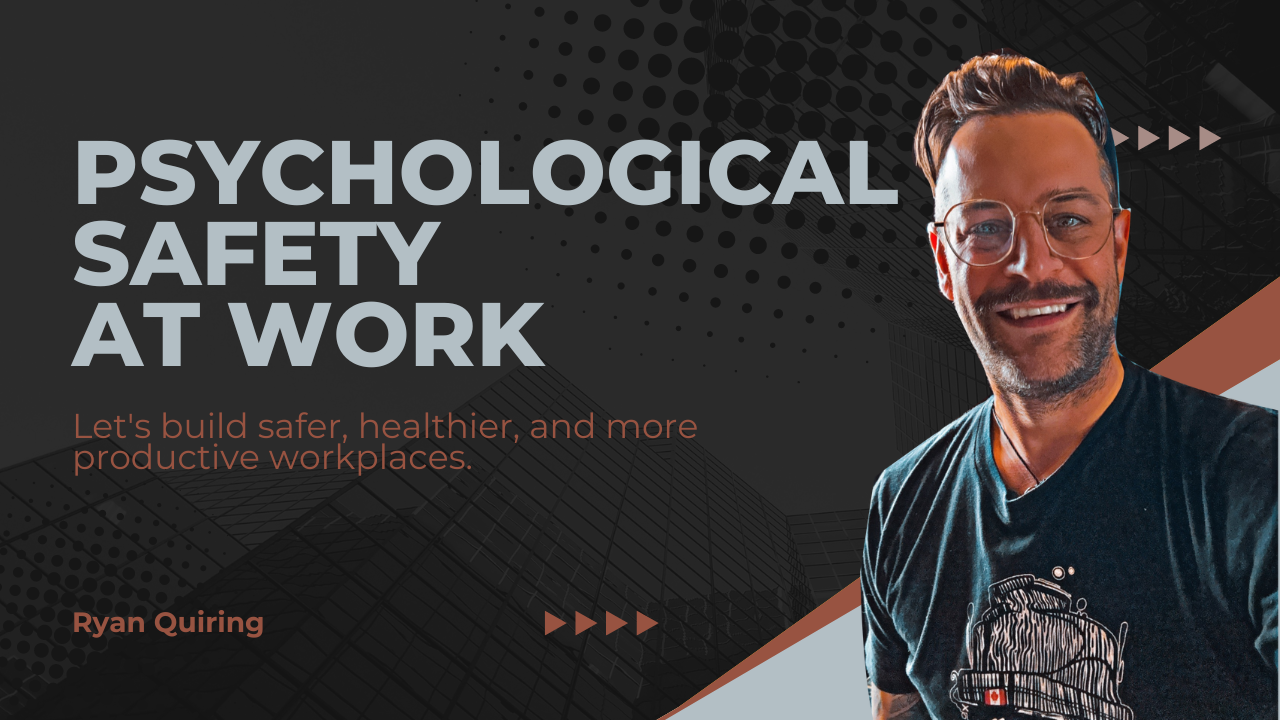Let’s explore an often overlooked but incredibly impactful topic: the hidden costs of fear in the workplace. As someone who’s experienced and witnessed the effects of fear-based cultures, I can tell you that the price we pay goes far beyond what’s visible on the surface.
Picture this: a workplace where people are afraid to speak up, where mistakes are punished rather than learned from, and where innovative ideas are stifled because they’re too ‘risky!’ This workplace is driven by scarcity and fear, and while it might seem to function on the surface, beneath lies a web of hidden costs that are slowly eroding the organization’s potential.
First, let’s talk about creativity and innovation. In a fear-based environment, these are often the first casualties. When people fear negative consequences, they stick to safe, proven methods. They don’t challenge the status quo or propose new ideas.
The cost? A stagnant organization that fails to evolve in a rapidly changing world. I imagine Zombies!
The next industry-changing idea might be in your employees’ minds, but fear keeps it locked away.
Next, consider the impact on decision-making. Fear leads to a culture of risk aversion. Decisions are made not based on what’s best for the company but on what’s least likely to ruffle feathers or cause problems. This cautious approach might avoid short-term issues but often leads to missed opportunities and long-term decline.
Communication suffers greatly in fear-based workplaces. Important information doesn’t flow freely because people fear being the bearers of bad news. Problems fester beneath the surface, growing larger and more costly to address.
The price tag on poor communication? It can be enormous, from failed projects to lost clients to major organizational crises that could have been prevented.
Now for the human cost. In fear-driven environments, stress levels skyrocket. This leads to increased health issues, higher absenteeism, and, ultimately, higher healthcare costs for the organization. But beyond that, there’s an immense emotional toll. People become disengaged, their passion for their work diminishes, and their loyalty to the company wanes. The cost of constantly replacing burnt-out employees is staggering financially and in terms of lost institutional knowledge.
Fear also breeds a culture of CYA – ‘Cover Your Ass.’ Instead of focusing on doing great work, people spend their energy creating paper trails, avoiding blame, and protecting themselves. This defensive posture is incredibly unproductive and drains resources from moving the organization forward.
Consider the impact on talent attraction and retention. In today’s world, company cultures are rarely secret. Organizations known for fear-based management struggle to attract top talent and often see their best people leave for more positive environments. The cost of constant recruitment and training, not to mention the loss of high performers, is immense.
There’s also a hidden cost to leadership. In fear-based cultures, leaders often don’t get honest feedback to make decisions. They become isolated, making decisions based on incomplete or inaccurate information, leading to major strategic missteps that can cost the company dearly.
One of the most significant hidden costs is the loss of diverse perspectives. In fearful environments, those who don’t fit the ‘norm’ – whether due to their background, thinking style, or approach – are often the most silenced. This homogenization of thought is a massive loss, as diversity of perspective is crucial for problem-solving and innovation in our complex world.
Lastly, there’s a cost to the organization’s ethical climate. Fear can drive people to cut corners, hide information, or even engage in unethical behaviour to avoid negative consequences. The potential cost here, both financially and in reputation, is enormous.
So, what’s the alternative? It’s creating a culture of psychological safety where people feel secure voicing their ideas, admitting mistakes, challenging the status quo constructively and fostering an environment of trust, respect, and open communication.
As leaders and colleagues, we can start shifting this dynamic. It begins with self-reflection. Are we contributing to a culture of fear, even unintentionally? Are we creating spaces where people feel safe to speak up and take risks?
Transforming a fear-based culture is challenging, but the payoff is immense. When we remove fear from the equation, we unlock our people’s and organizations’ full potential. We create spaces where innovation thrives, problems are addressed head-on, and people are excited to bring their best selves to work every day.
The hidden costs of fear in the workplace are real and significant. But by recognizing them, we take the first step towards creating healthier, more productive, and ultimately more successful organizations. It’s time to count the cost of fear and decide: isn’t it time for a change?
